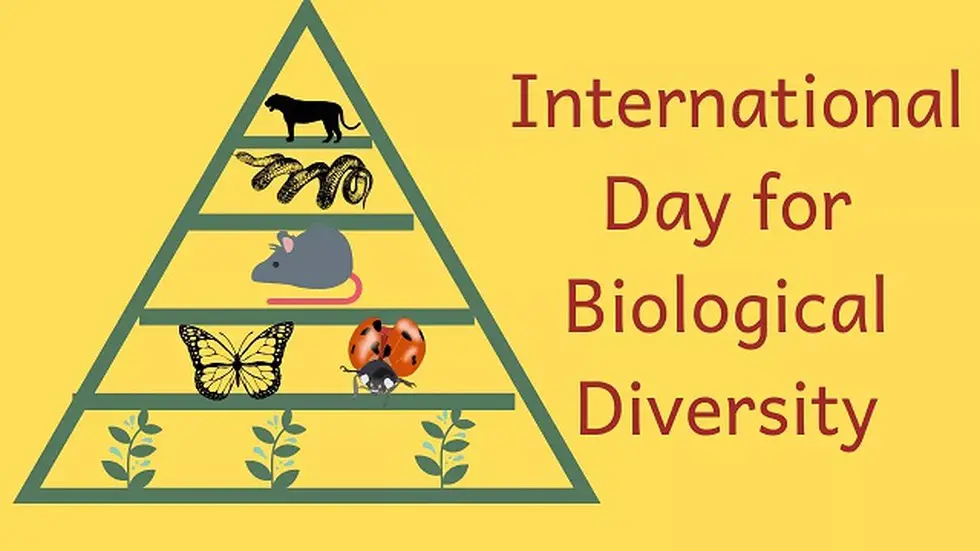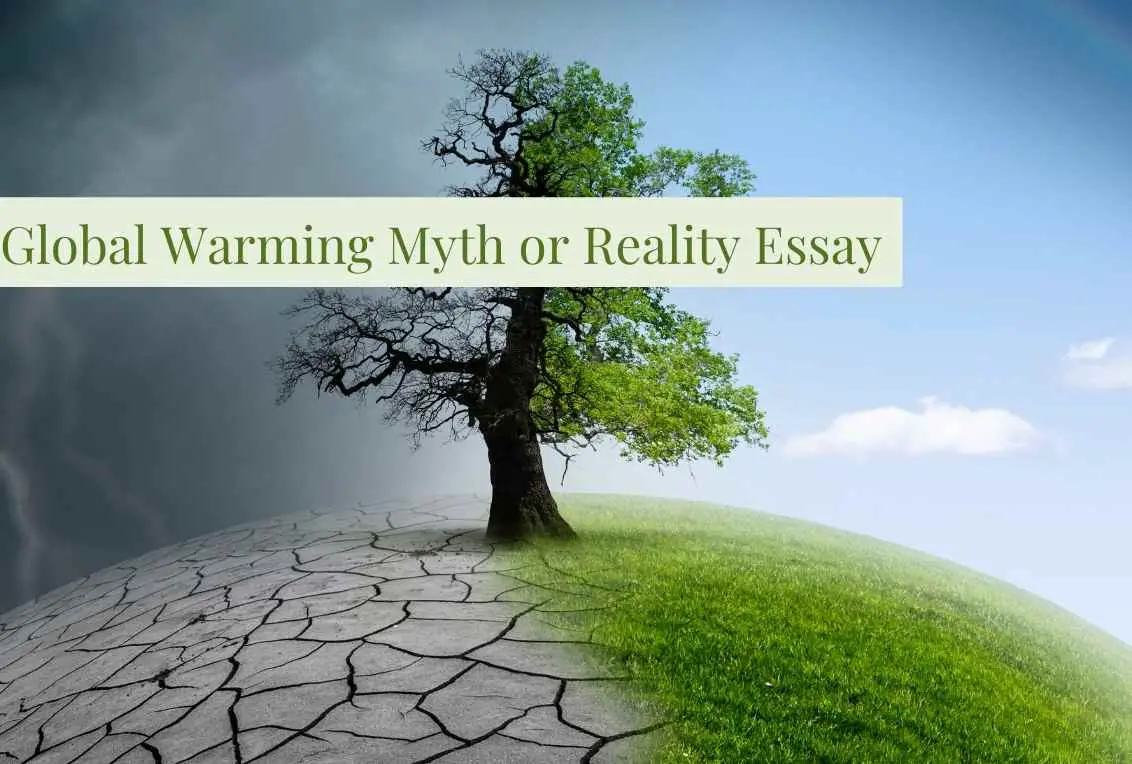
Sustainable fashion has gained global recognition as a means to reduce the negative impact of the fashion industry on the environment and improve social and economic conditions for workers. As one of the largest textile producers globally, India has witnessed a significant rise in the sustainable fashion market. With this article, I intend to provide an in-depth analysis of the current scenario of sustainable fashion in India, highlighting key facts, figures, and opportunities while also addressing the challenges faced by the industry.
The Impact on INDIA
Sustainable fashion and India share a compelling connection transforming the fashion landscape locally and globally. As one of the largest textile producers in the world, India plays a significant role in shaping the future of sustainable fashion. In recent years, the country has witnessed a surge in awareness and adoption of sustainable practices within the fashion industry. This movement aims to mitigate the environmental impact of fashion production, promote ethical labour practices, and champion social responsibility.
India’s rich textile heritage, characterized by centuries-old craftsmanship and traditional techniques, provides a unique foundation for sustainable fashion. Artisans and weavers nationwide are leveraging their skills to create eco-friendly and ethically-made products that merge traditional artistry with contemporary design sensibilities.
Moreover, India’s vast consumer market presents immense potential for the growth and mainstreaming of sustainable fashion. With increasing awareness among consumers about the detrimental effects of fast fashion, there is a growing demand for sustainable alternatives that prioritize transparency, durability, and ethical sourcing.
Government initiatives and policies also play a vital role in shaping the sustainable fashion landscape in India. Various campaigns and programs are being launched to promote eco-friendly practices, support artisans and weavers, and encourage using sustainable materials. Additionally, collaborations between government bodies, industry stakeholders, and fashion influencers drive the conversation around sustainability and influencing consumer behaviour.
The rise of sustainable fashion startups in India further exemplifies the country’s commitment to embracing a greener fashion industry. These startups are leveraging innovative technologies, materials, and business models to create fashion products that are both stylish and sustainable. By prioritizing transparency, fair trade practices, and minimizing environmental impact, these startups are redefining fashion while creating employment opportunities and contributing to economic growth. Fast fashion can have the following impacts :
a. Environmental Impact: The fashion industry is widely recognized as one of the most polluting industries worldwide. In India, the textile and garments sector, contributing to 5% of the country’s GDP, faces similar environmental challenges, including waste generation and emissions.
b. Steady Growth: Despite being in its early stages, the sustainable fashion market in India has exhibited consistent growth in recent years. A report by ResearchAndMarkets.com predicts that the Indian sustainable fashion market will grow at a Compound Annual Growth Rate (CAGR) of 10.6% from 2021 to 2026.
c. Adoption of Sustainable Practices: Many Indian brands and designers have embraced sustainable practices to address the environmental challenges associated with the fashion industry. These practices include using eco-friendly materials, reducing waste through innovative design and production techniques, and implementing ethical labour practices.
Opportunities for Sustainable Fashion in India:
Some of the opportunities to adopt sustainable fashion in India can be summarized:
- Market Potential: India’s huge population presents significant opportunities for the growth and expansion of the sustainable fashion market. According to a Boston Consulting Group (BCG) report, India’s sustainable fashion market is estimated to reach $9 billion by 2025. This growth is attributed to increasing consumer awareness and willingness to pay for sustainable products.
- Rich Textile Heritage: India’s diverse and rich textile heritage provides a unique advantage for sustainable fashion. Traditional handicrafts, weaving techniques, and textiles can be leveraged to produce eco-friendly and ethically made fashion products catering to local and global consumers.
Developments in the Sustainable Fashion Market
The emergence of Startups: India’s sustainable fashion market has witnessed several startups dedicated to sustainable practices. These startups leverage innovative technologies and sustainable materials to create unique, environmentally friendly fashion products. They also prioritize ethical production processes and supply chains, which ensures social responsibility.
Adoption by Influencers and Celebrities: Influencers and celebrities in India play a significant role in shaping consumer behaviour. Many influential personalities have actively embraced sustainable fashion, endorsing eco-friendly brands, featuring sustainable fashion products on social media platforms, and participating in events promoting ethical manners. Their involvement has increased consumer awareness and transformed India’s perception of sustainable fashion.
Challenges:
- Lack of Infrastructure: The sustainable fashion market in India faces challenges due to inadequate infrastructure. This includes limited access to sustainable materials, ethical production facilities, and recycling and waste management systems.
- Market Penetration: Sustainable fashion products in India often cater to a niche audience, limiting their market penetration. To broaden their reach, sustainable fashion brands must develop effective marketing strategies that highlight the value and benefits of sustainable fashion to a broader audience.
The sustainable fashion market in India holds immense potential for environmental and social transformation within the fashion industry. With growing consumer awareness, supportive government initiatives, and the availability of sustainable materials, the industry is poised for further growth. However, addressing infrastructure, supply chains, and market penetration challenges is crucial. Stakeholders must invest in sustainable infrastructure and technology, develop robust supply chains for sustainable materials, and implement effective marketing strategies. By doing so, India can harness the power of sustainable fashion to promote environmental and social responsibility, ensuring a more sustainable and ethical future for the fashion industry and society as a whole












